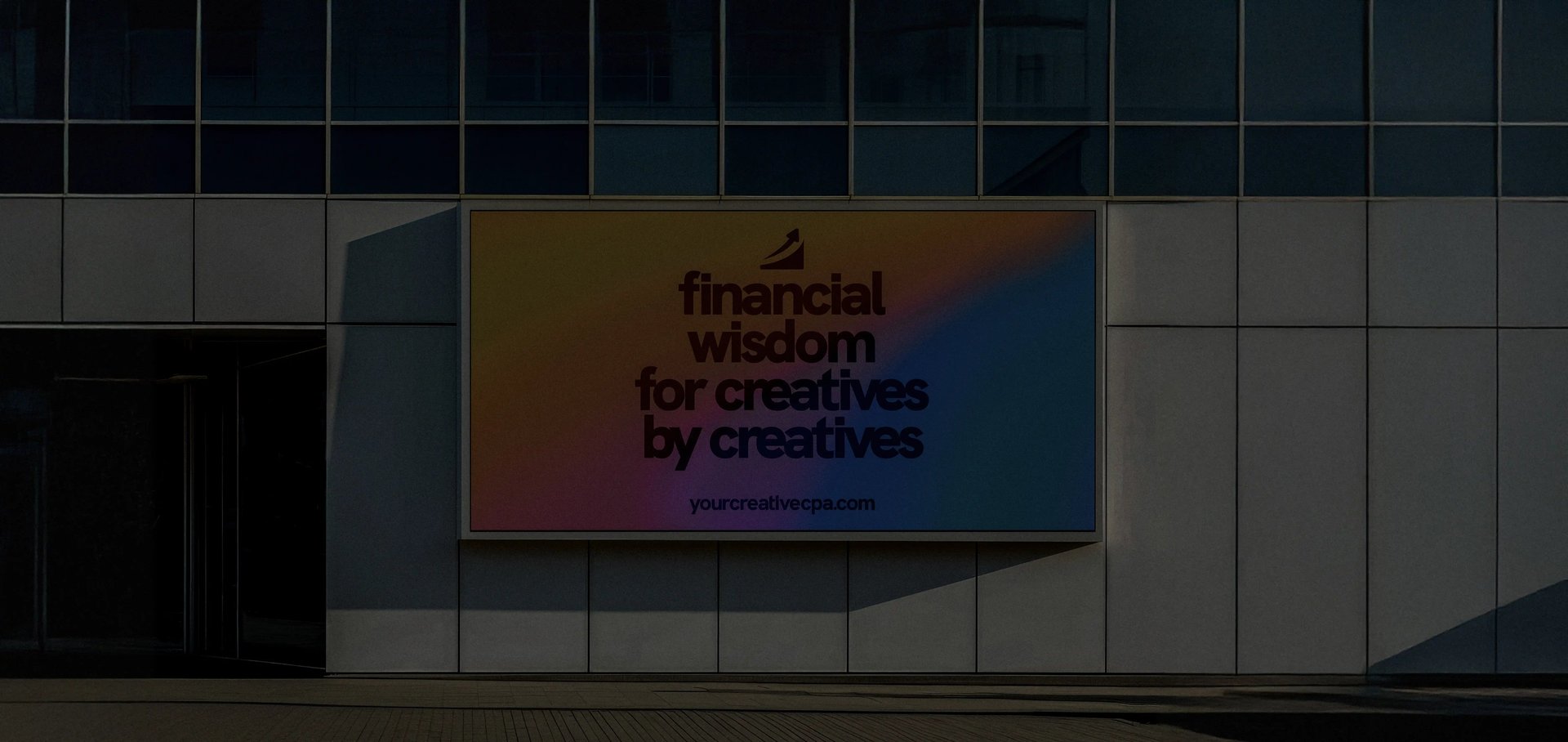
Easily Understand Your Finances With The Financial Health Check Template Today
What is a Line of Credit and How Do You Get One?
Learn what a line of credit is, how to get a line of credit, what a home equity line of credit (HELOC) is, line of credit and HELOC interest rates, and more.
BUSINESSINVESTINGDEBT
David Kindness, CPA
12/30/2024



What is a Line of Credit and How Do You Get One?
Published on December 29, 2024
Written by David Kindness, CPA
Why you can trust Your Creative CPA
Our content is written, edited, or both by industry experts who are creative entrepreneurs just like you. Learn more.
A line of credit is a type of loan that provides flexible financing to businesses and individuals. Unlike a traditional loan, where you receive a lump sum upfront, a line of credit offers a revolving credit limit. This means you can borrow funds as needed, up to your approved credit limit. Once you repay the borrowed amount, it becomes available for future use again.
Lines of credit can be a valuable financial tool for small businesses seeking working capital or individuals looking to cover unexpected expenses.
However, it's crucial to understand the terms, conditions, and interest rates associated with a line of credit before applying.
Fast Facts About Lines of Credit
A line of credit offers a revolving credit limit, allowing you to borrow funds as needed, up to a pre-approved amount.
Interest is only charged on the portion of the line of credit that you actually use.
Lines of credit can be used for any purpose, including business expenses, home renovations, or emergency funds.
A line of credit can positively impact your credit score if managed responsibly. Timely payments and low utilization can help boost your creditworthiness.
What is a Line of Credit?
A line of credit is a flexible financing option that allows you to borrow money as needed, up to a predetermined credit limit. It's similar to a credit card, but it's typically used for larger purchases or business expenses.
How Do You Get a Line of Credit?
To obtain a line of credit, you'll need to choose a bank or financial institution, meet specific eligibility criteria, and provide necessary documentation during your application. The application process may vary depending on the lender, but generally involves the following steps:
Check Your Credit Score: Lenders typically consider your credit score to assess your creditworthiness, or your ability to pay off a new loan. A higher credit score can improve your chances of approval and may also allow you to secure a better interest rate.
Gather Financial Documents: Prepare documents such as business tax returns, financial statements, and bank statements to demonstrate your financial health.
Choose a Lender: Research different lenders, including banks, credit unions, and online lenders, to compare interest rates, fees, and terms.
Submit Your Application: Either visit your chosen lender’s website or physical branch to complete their application form and submit the required documentation.
Undergo Credit Check and Verification: The lender will conduct a credit check and verify the information you provided. This will generally be a hard credit check (as opposed to a soft credit check), which will have a slight impact on your credit score.
Await Approval: Once the lender reviews your application, they will notify you of their decision to approve or deny a line of credit.
Line of Credit Interest Rates
Line of credit interest rates can vary depending on several factors, including your creditworthiness, the lender, the type of credit line, and whether the line of credit is collateralized or not. Typically, interest rates are variable, meaning they can fluctuate over time. As of December 2024, interest rates typically range from as low as 7.5% to as high as 36%, depending on the factors mentioned above.

A line of credit is a type of loan that provides flexible financing to businesses and individuals. Unlike a traditional loan where you receive a lump sum upfront, a line of credit offers a revolving credit limit.

How Do You Pay Back a Line of Credit?
You can pay back a line of credit in several ways:
Minimum Monthly Payment: Most lenders require a minimum monthly payment to maintain your account in good standing. This consists of a relatively small principal and interest payment but will result in more interest being paid over the life of the loan.
Partial Payments: You can make partial payments to reduce your outstanding balance. This is generally the best way to pay down your line of credit, resulting in less interest being paid and a shorter payback period.
Full Payment: You can pay off the entire balance at any time. This is uncommon, and for most, is not typically a possibility.
What is a Home Equity Line of Credit?
A home equity line of credit (HELOC) is a type of loan that allows you to borrow against the equity in your home. Equity is the difference between the current market value of your home and the amount you owe on your mortgage - it is essentially the portion of your home that you currently own.
With a HELOC, your home is used as collateral for the line of credit. This can often result in a lower interest rate than a regular line of credit because the collateral reduces the bank’s risk.
Home Equity Loan Rates
HELOC interest rates are typically variable, and they're often lower than other types of loans, such as traditional lines of credit, personal loans, or credit cards. The interest rate on a HELOC is usually tied to a benchmark index, such as the prime rate. Interest rates on home equity lines of credit typically range from 6% to 8%, depending on your credit score, income level, and the value of your home equity.
How To Get a Line of Credit While Staying Creative
A line of credit can be a valuable financial tool for businesses and individuals who need flexible financing. However, it's essential to use it responsibly and pay it down on time to avoid excessive debt or hits to your credit score. By understanding the terms, conditions, and interest rates associated with a line of credit, you can make informed decisions and leverage this financial tool to grow your business and achieve your financial goals.
Frequently Asked Questions (FAQs)
What is a line of credit used for?
A line of credit can be used for any purpose. For small business owners, lines of credit are a great way to afford new equipment, office supplies, brand updates, marketing & advertising, and other business investments that will help you grow your business and make money.
How does a line of credit differ from a personal loan?
A line of credit offers flexible borrowing, allowing you to withdraw funds as needed, while a personal loan provides a lump sum upfront and requires a definite payback period to pay off the entire loan.
What is a good credit score to get a line of credit?
A credit score of 700 or higher is generally considered good for securing a line of credit with favorable terms. Credit scores below 700 can also qualify for lines of credit, but may end up with higher interest rates than those with higher credit scores.
What are the risks of using a line of credit?
The primary risks of using a line of credit include potential overspending, high interest rates if not managed carefully, and negative impacts on your credit score if payments are not made on time.
Disclaimer: the information provided in this article is for educational purposes only and does not constitute tax, accounting, investing, legal, or financial advice. The information in this article does not take into account your unique financial or business situation or goals, and YCCPA cannot be responsible for reader's financial decision-making. YCCPA's goal is to educate and support you on your creative business journey.
Written by David Kindness, CPA
David is a CPA (Certified Public Accountant) and professional photographer, videographer, and designer based in San Diego, California. Learn more.




Supported by Ads
Your Creative CPA is supported by the ads you may see in our articles and guides. These ads help us serve creatives like you.



financial wisdom for creatives, by creatives

Created by David Kindness
© 2025 Your Creative CPA | Terms
type1wild.com partner
Exclusive guides and tools for creatives, right to your inbox.









